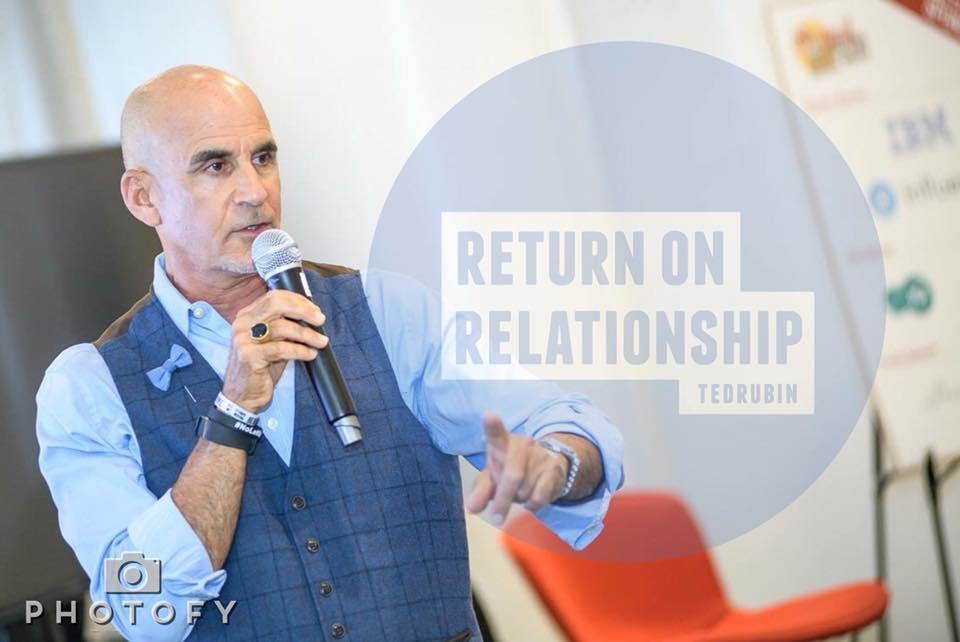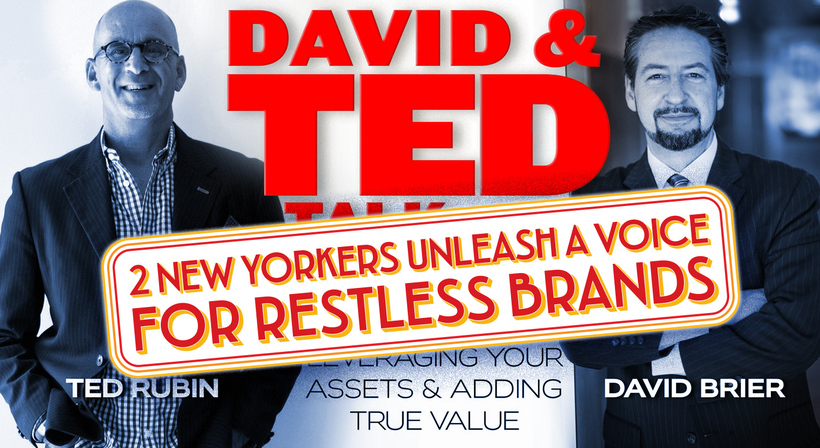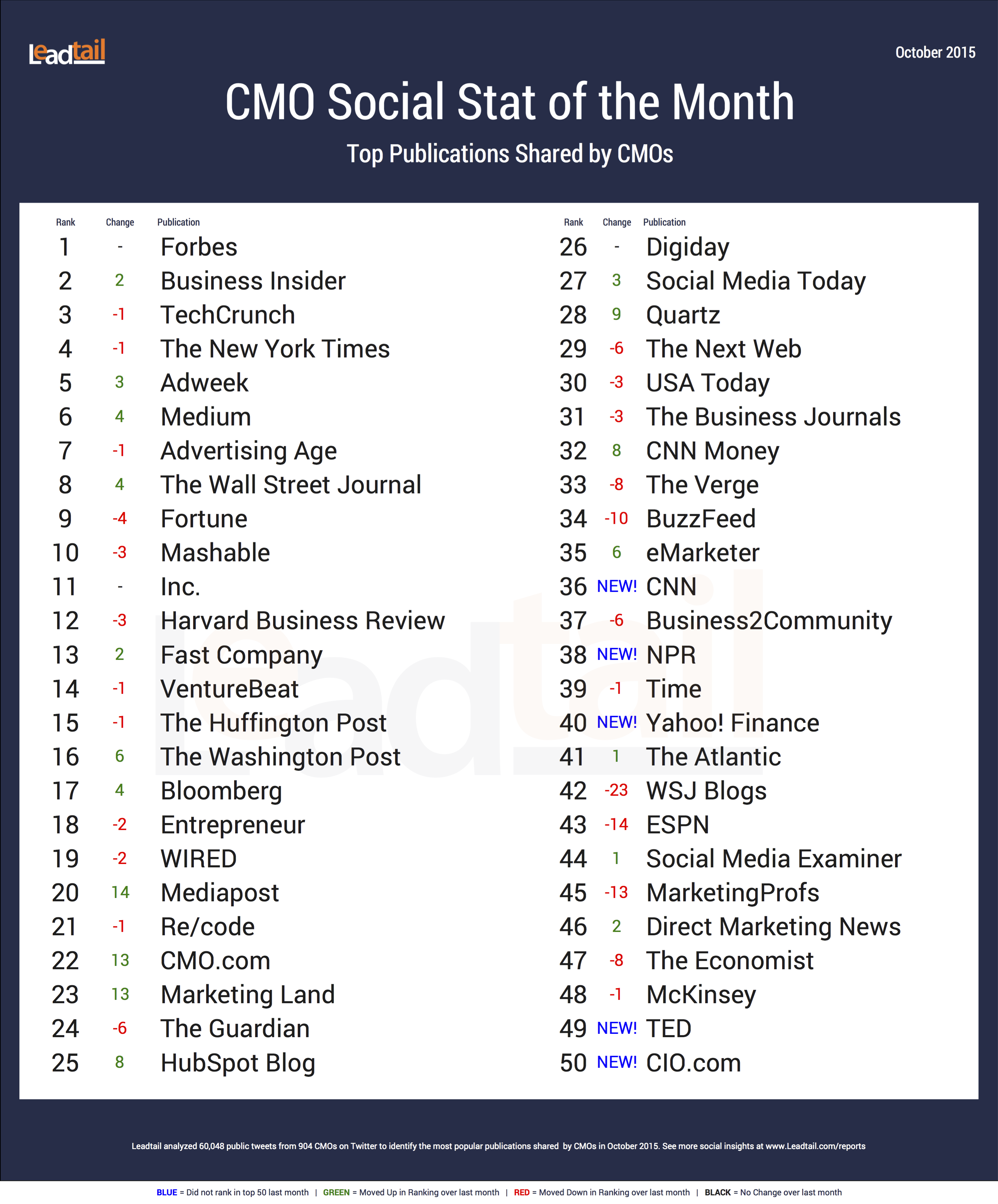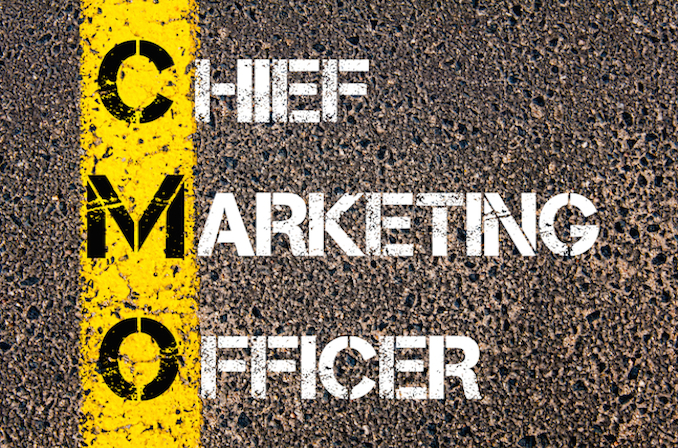From employee advocacy to peak data, let’s lay down the big challenges CMOs around the world are facing right now – and what they can do to improve their marketing in each area.
1. Understanding and embracing the power of employee advocacy
Empower your employees and they will power your brand. In today’s hyper-connected world, brands simply must embrace new ways of engaging with customers online, and your employees can help if you’ll let them. If you’re not looking for ways to involve your employees, then you are missing a huge opportunity.
Your employees are the best way to humanize and personalize your brand… and truly the best way to scale relevant, contextual content creation
Did you know that employee created content (ECC) receives eight times more engagement than content shared from the company itself? On top of that, employee content extends brand messaging by over 500%. Crazy, right? So why aren’t more companies getting employees engaged in content creation? It’s well known that companies with engaged employees outperform their peers; involving employees in content creation can help to create a sense of common purpose.
2. Brand personality and connection
It’s time to stop making excuses, and start bringing in-person social skills to the digital world. All of the positive benefits are out there waiting, and it’s up to us to make the effort to realize them.
3. Delivering a truly omni-channel, integrated experience
This requires you to connect the dots internally as well—which means connecting your employees so they can collaboratively deliver that seamless experience. You can’t be omni-channel to the outside, if you don’t take down the silos and become omni-channel inside. We often hear a lot about omni-channel marketing from an external viewpoint, but I think it’s also important to look at it from an internal perspective. Is your internal communication structure helping to build consistent company messaging and culture, or is there infighting about who handles what?
Before an organization can have an effective omni-channel marketing strategy, it’s important to examine the internal communication structure. I think the CMO should be heading this up, because brand messaging (whether internal or external) is really a marketing function, even though there are different departments that feed into it. However, very few companies have a CMO who has broad enough oversight of everything that’s happening within a company regarding brand messaging. They’re in charge of consumer messaging, but brand messaging also affects employees and vendors.
4. Overabundance of data
CMOs need to always remember that data will only take you so far; it’s judgment and instinct that will win the day. My advice is to make absolutely certain that your CMO and CIO have close ties, and learn to not only “play nice”, but to do their best to understand the vital role they play as a team. The kind of communication required to deliver the ultimate customer experience needs to run across and run through both channels. For them to be successful requires an enterprise-wide cultural shift.
5. Programmatic and digital spam
Brands are running headlong into brand equity destruction through incessant programmatic and digital spamming. The rise of retargeting and digital yield techniques is killing brands, and brand equity for the long-term. It makes me wonder how many brand managers, and more importantly CMOs, bother signing up for their own email distribution lists, or shop their brands from an anonymous browser to experience what their customers are being subjected to. Customer experience is no longer simply about product, delivery, and service, but about how the customer experiences our marketing.
My hope is that as the new marketing world matures, building better customer relationships will become everyone’s primary objective, from sales, to marketing, to customer service — even IT departments. If that’s the true objective, then “customer relationships” truly has a chance to be the x-factor in achieving Return on Relationship and enhancing ROI for the long term.
#RonR … #NoLetUp!
Originally posted at TedRubin.com










